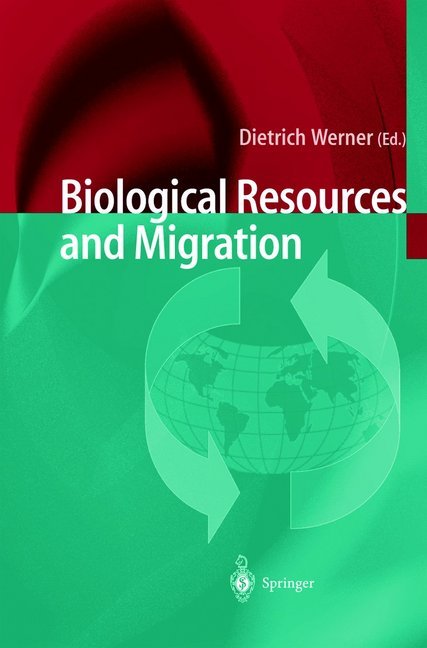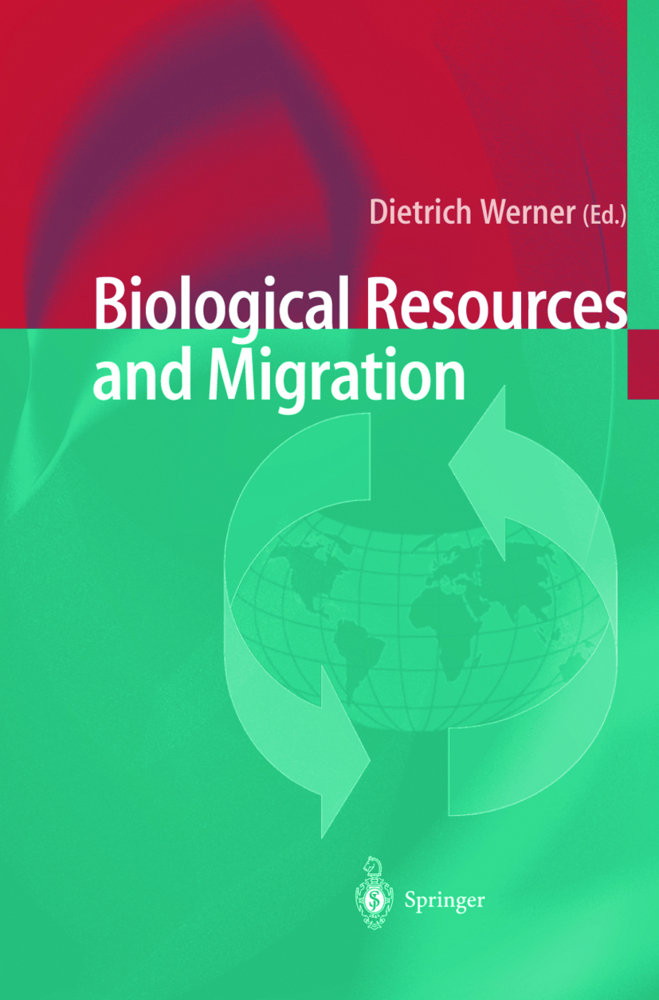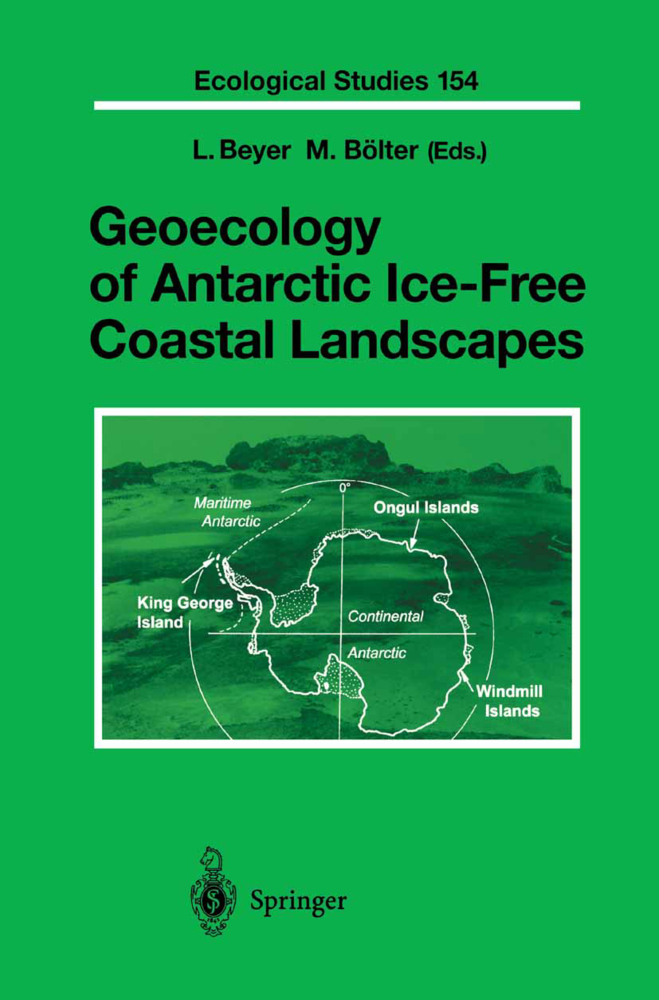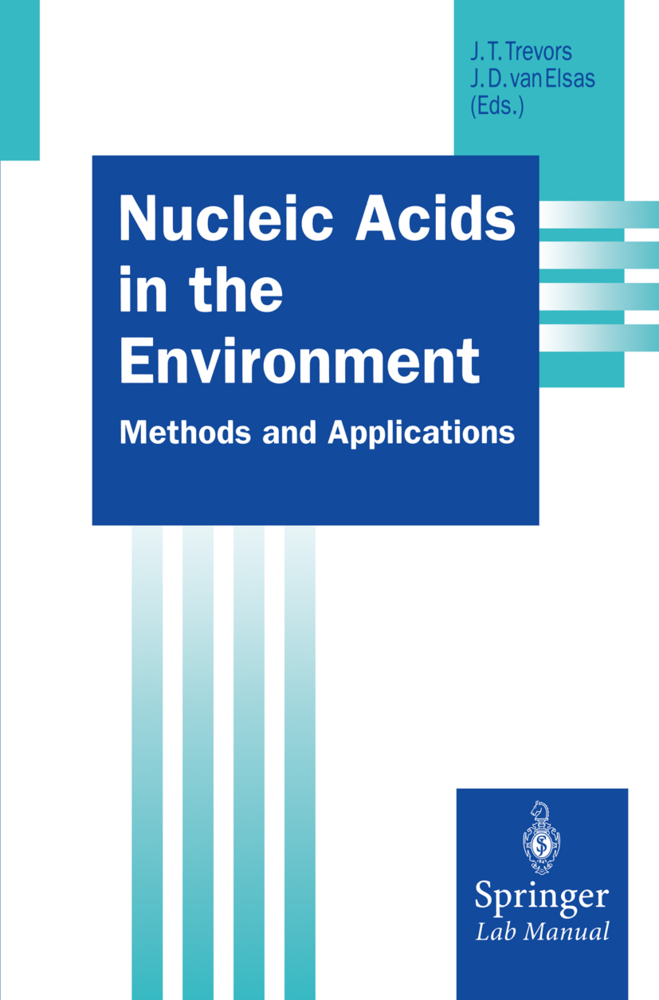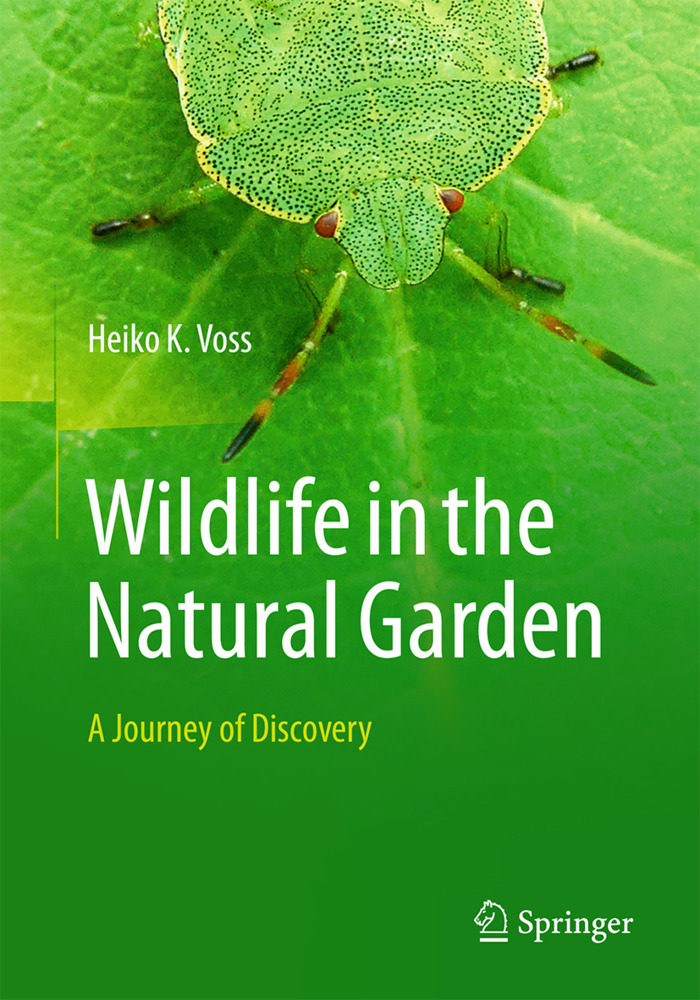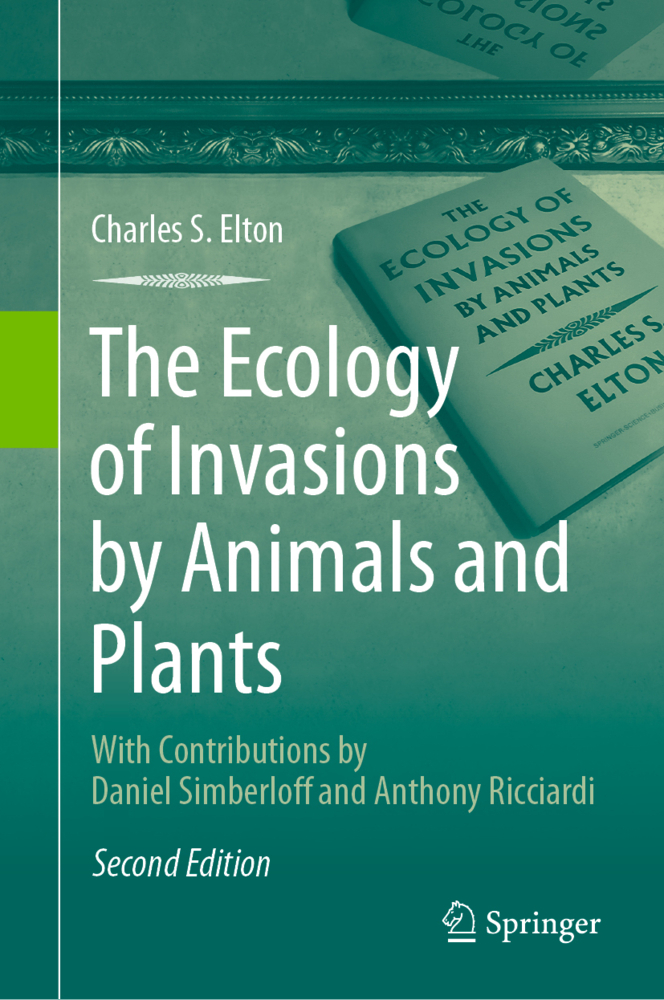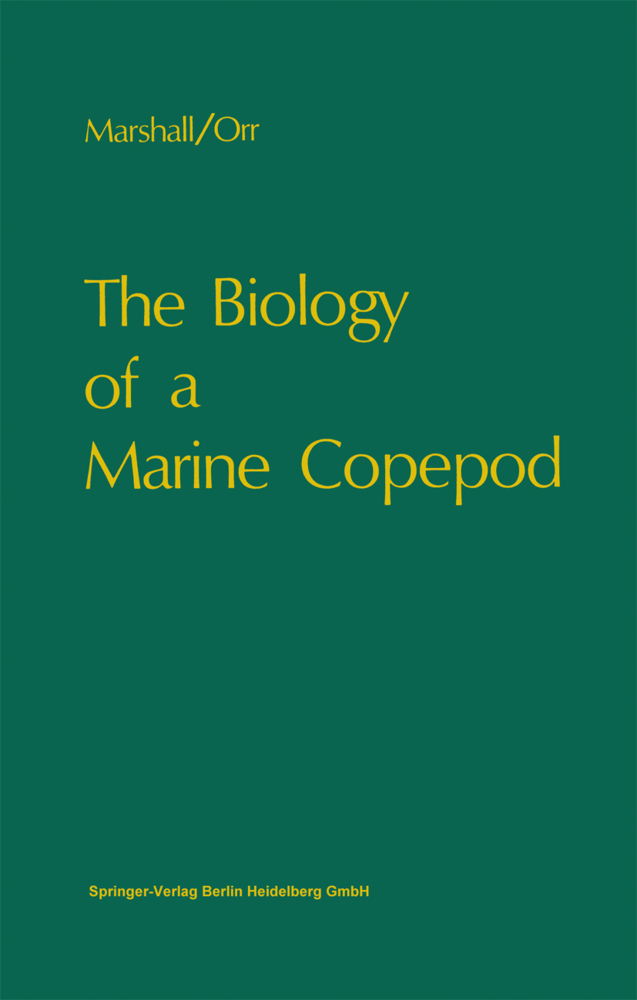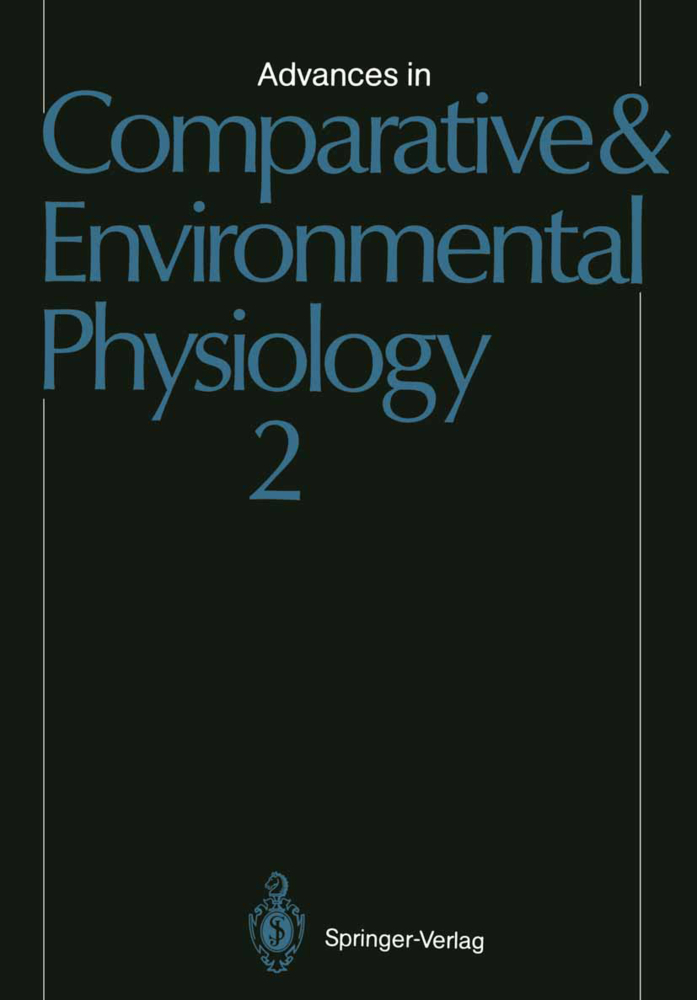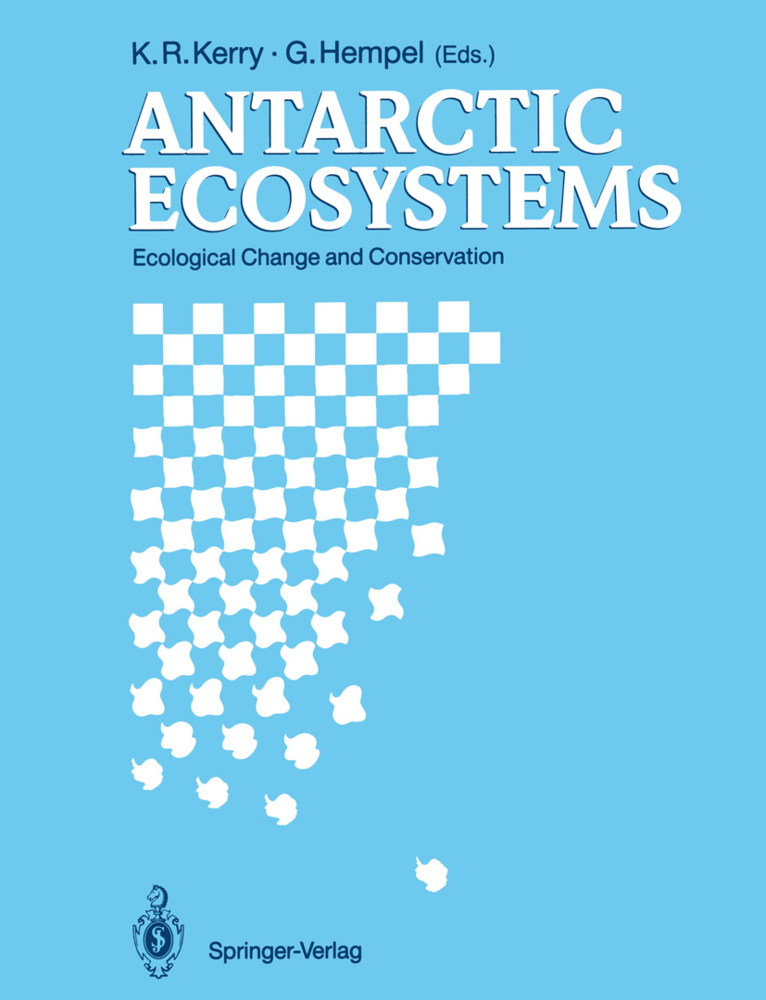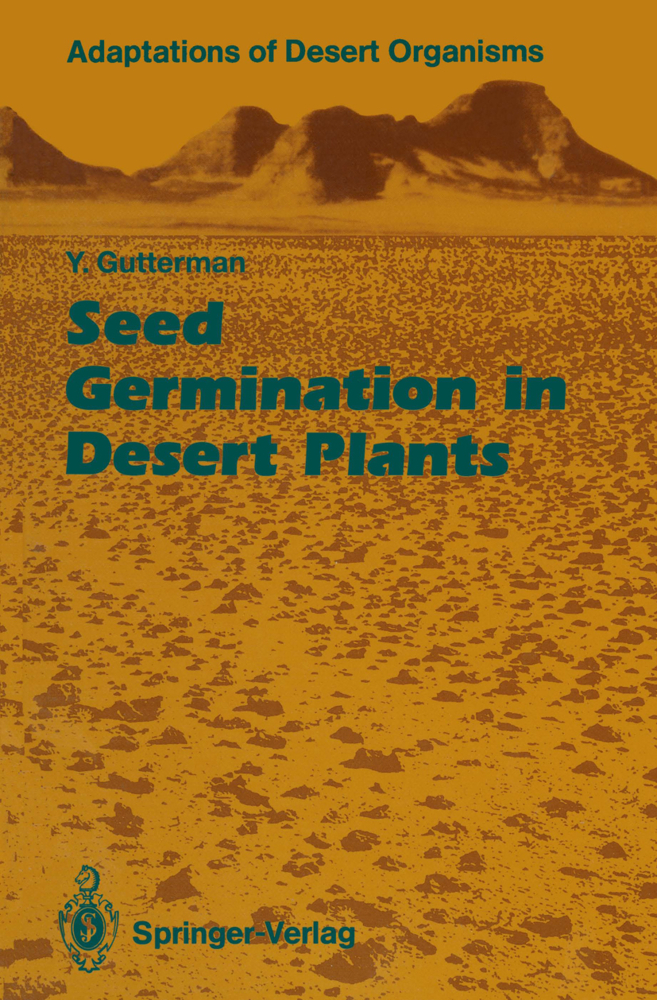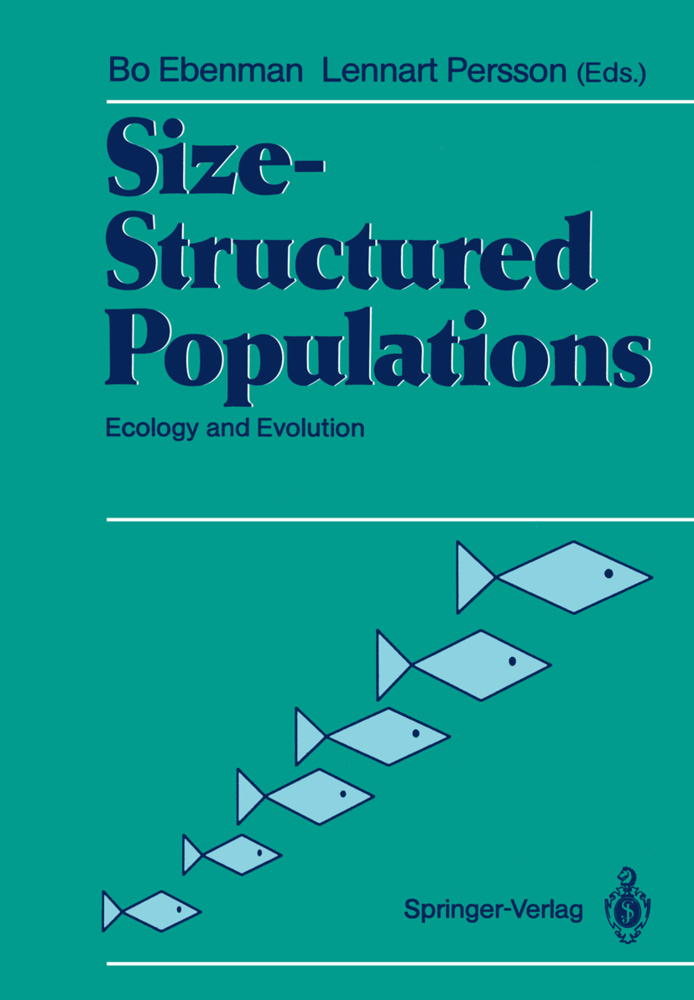Biological Resources and Migration
Biological Resources and Migration
Migration is a global and ubiquitous phenomenon. A large percentage of our cultivated land in industrialized as well as in developing countries are covered with migrated or introduced plants. But also in natural habitats and communities, migration of animals, plants and microorganisms plays a key role in the functioning or threat to the present ecosystems.
The special feature of this book is that all forms of migration - be it plant, microbial, animal or human - and their mutual impact are covered in detail. It is estimated that during the next twenty years more than one billion people will migrate from rural areas to urban districts worldwide, forced by deteriorating biological resources and with enormous consequences on the functioning of both ecosystems and such central economic areas such as trade, transport and tourism.
The contributions in this book are the result of an innovative International Conference and OECD Workshop aimed at triggering off the interdisciplinary dialogue between natural scientists and socioeconomists.
1 The Rice Genepool and Human Migrations
2 Movement of Rice Germplasm Around the World3 Potential for Gene Flow from Cultivated Wheat to Weedy Relatives in the Great Plains of North America
4 Humans, Climate, and Plants: the Migration of Crested Wheatgrass and Smooth Bromegrass to the Great Plains of North America
5 Biogeography, Local Adaptation, Vavilov, and Genetic Diversity in Soybean
6 Migration of a Grain Legume, Phaseolus vulgaris, in Europe
7 Forest History in Europe
8 Forest Biological Resources in the Amazon Basin
9 Migration of Knowledge Leads to Floristic Development in Myanmar
10 Tracking Parasitoids at the Farmland Field Scale Using Microsatellite Markers
11 Interhemispheric Transport of Viable Fungi and Bacteria from Africa to the Caribbean with Soil Dust
12 Be a Virus, See the World
13 Species Delineation and Biogeography of Symbiotic Bacteria Associated with Cultivated and Wild Legumes
14 Micro-spatial Distribution of Bacteria in the Rhizosphere
15 Colonization of Some Polish Soils by Azotobacter spp. at the Beginning and at the End of the 20th Century
16 Estimation of Biotic and Abiotic Factors That Affect Migration of Rhizobia
17 Indigenous Strains of Rhizobia and Their Performance in Specific Regions of India
18 Migration of Aquatic Invertebrates
19 Migration of Fishery Resources in the World's Oceans
20 Migration of Marine Mammals
21 The "Global Register of Migratory Species" - First Results of Global GIS Analysis
22 Coupled Dynamics of Lemmings and Long-Distance Migratory Birds
23 Israel - an Intercontinental Highway for Migrating Birds
24 Contrasting Molecular Markers Reveal: Gene Flow via Pollen Is Much More Effective Than Gene Flow Via Seeds
25 Principal Changes of Ecological Migrationand Dispersal: Nature Conservation Consequences
26 Agronomical Practices Maximizing Water Use
27 Soil Degradation and Land Use
28 Migration Towards the Cities: Measuring the Effects of Urban Expansion in Rural-Urban Interface by GIS and RS Technology
29 Population Shifts and Migration in the Sahel and Sub-Sudan Zone of West Africa Reviewed from the Aspect of Human Carrying Capacity
30 Desertification and Human Migration
31 Airborne Migration of Obligate Nomads Demonstrates Gene Flow Across Eurasia
32 Discussion Sessions.
Werner, Dietrich
| ISBN | 978-3-642-05989-6 |
|---|---|
| Artikelnummer | 9783642059896 |
| Medientyp | Buch |
| Copyrightjahr | 2010 |
| Verlag | Springer, Berlin |
| Umfang | XXIX, 363 Seiten |
| Abbildungen | XXIX, 363 p. |
| Sprache | Englisch |

